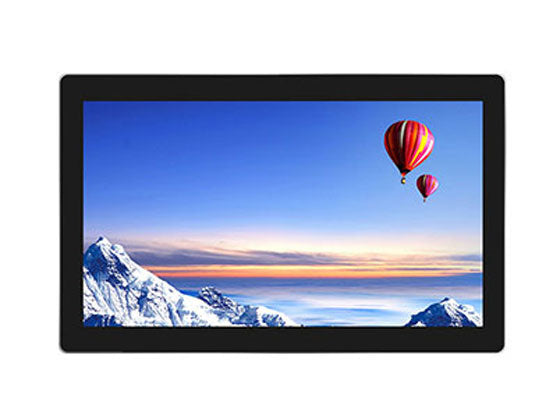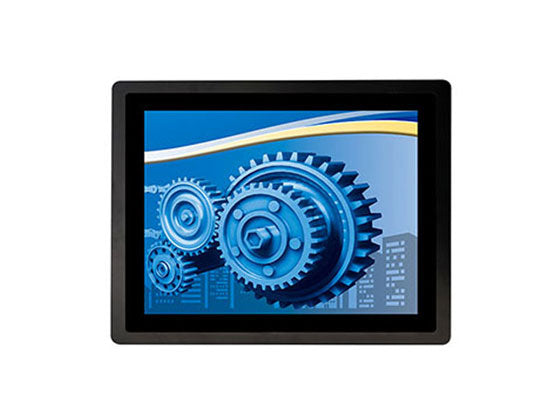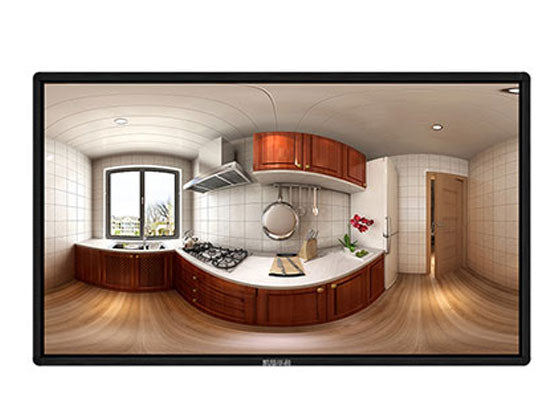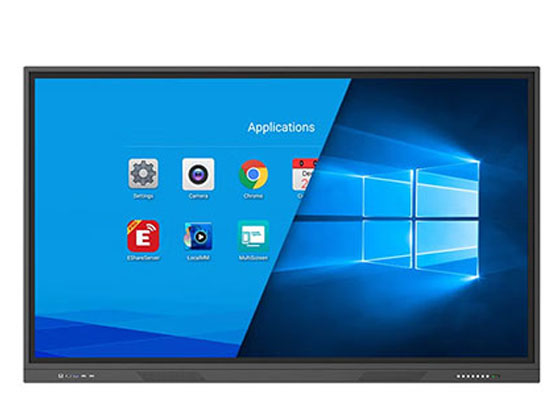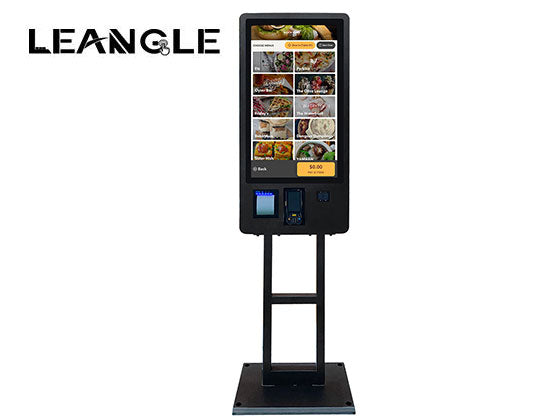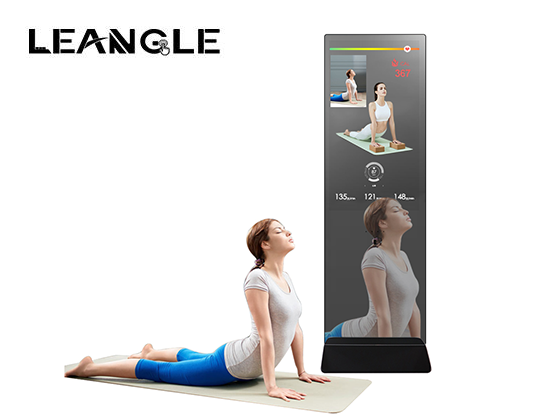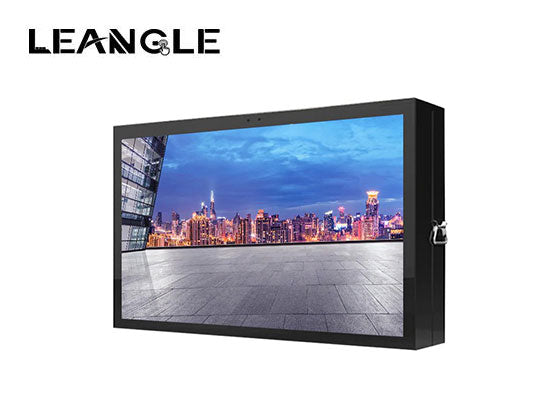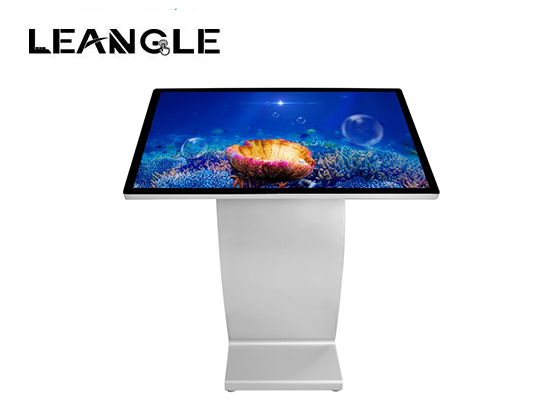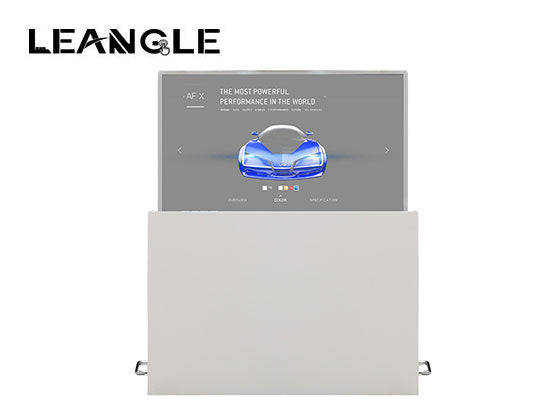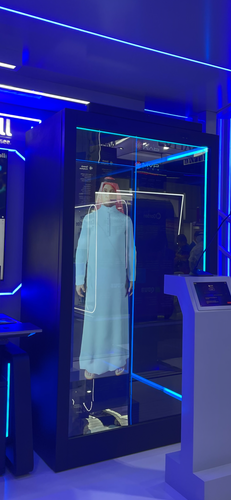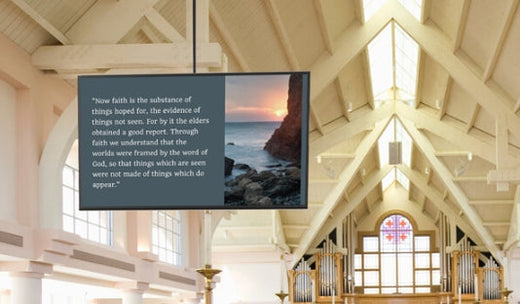With the development of the times, the 3D Holobox - Holographic projection transparent display cabinet is a transparent screen computer with touch control. It can achieve remote projection through a camera, achieving a one-to-one ratio of real people display and advertising. It can also play videos, text, and introduce the comprehensive information of built-in items through pictures and images, which can be used for meetings, shopping malls, and concerts.
Holography was invented in 1947 by Dennis Gabor, a Hungarian engineer working on improving electron microscopes. Although electron microscopes could resolve structures 100 times smaller than light microscopes, they were limited by hard-to-make electron optical elements. Gabor proposed eliminating the electron optics and making an electron hologram that could be processed later using light. Gabor coined the term by combining the Greek words holos (or “whole”) and gram (“message”) as it contained all the information from the wave lighting the object. Shortly after that, he made a hologram with light. Holography as we know it now, with clear, vivid 3-D images, was developed in 1962 by Michigan professor Emmett Leith and then-student Juris Upatnieks. In 1971, Gabor was recognized and awarded the Nobel Prize for Physics for inventing holography.
Holographic 3D Holobox displays are based on the reproduction of the exact wavefield emitted by an object or a scene upon illumination. In theory, they provide a perfect sensation for the observer including all relevant depth cues [1], a full 180∘ viewing angle and a large depth of field [2]. In practical application, however, dynamic holographic displays suffer from major limitations concerning the size of the display and the viewing angle, which are rooted in the limited number of available pixels. The reason for this is the large number of pixels required to recreate the fine structures of a hologram across the macroscopic surface of the display. Recently, there have been numerous efforts to solve this problem, including temporal multiplexing of partial holograms.
Over-
"Today’s 3D dynamic holographic display techniques suffer from severe limitations due to an available number of pixels that is several orders of magnitude lower than required by conventional approaches. We introduce a solution to this problem by introducing the concept of functional pixels. This concept is based on pixels that individually spatially modulate the amplitude and phase of incident light with a polynomial function, rather than just a constant phase or amplitude. We show that even in the simple case of a linear modulation of the phase, the pixel count can be drastically reduced up to 3 orders of magnitude while preserving most of the image details. This scheme can be easily implemented with already existing technology, such as micro mirror arrays that provide tip, tilt and piston movement. Even though the individual pixels need to be technologically more advanced, the comparably small number of such pixels required to form a display may pave the way towards true holographic dynamic 3D displays."
The source from© 2022 Optica Publishing Group under the terms of the Optica Open Access Publishing Agreement

